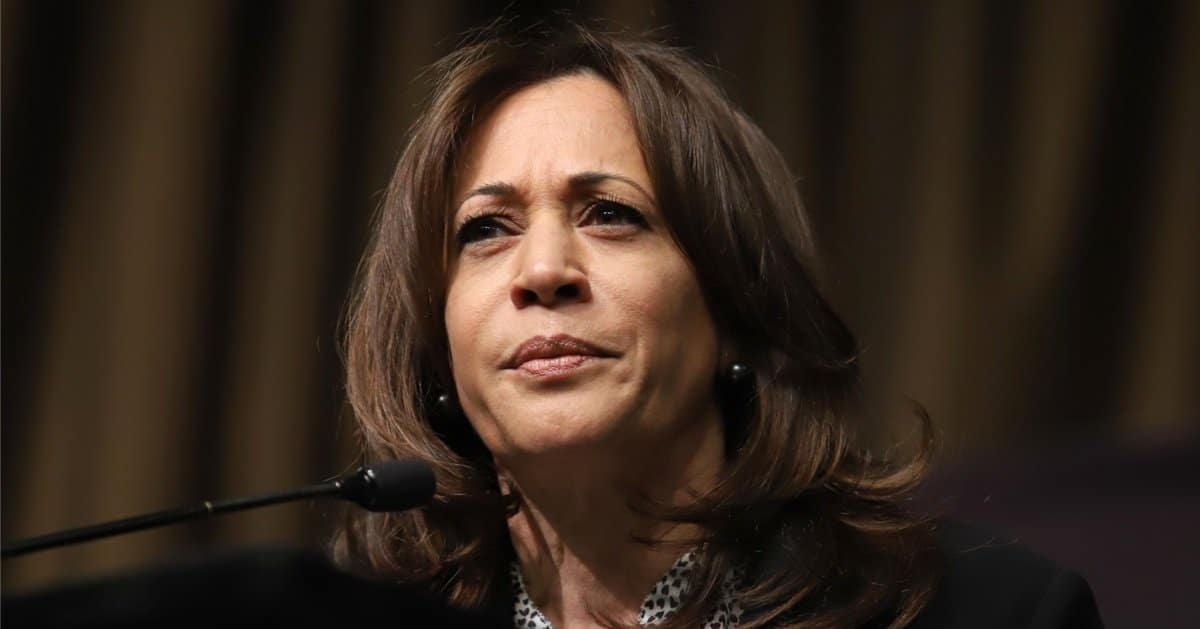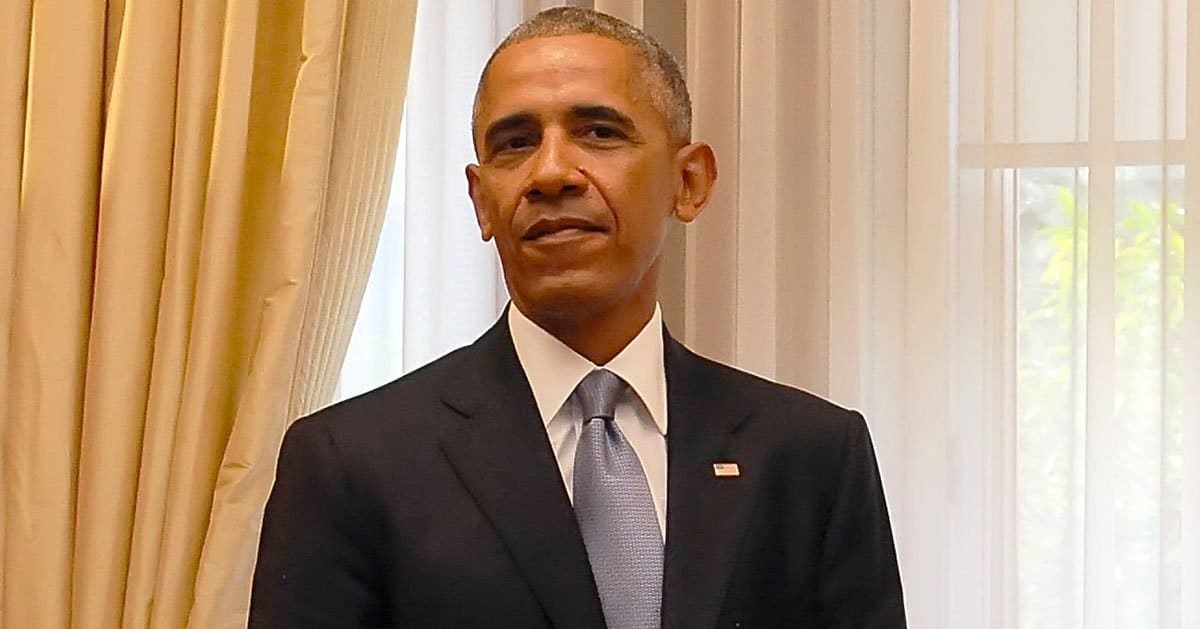



The possibility of Donald Trump winning a second term as president carries significant implications for the future composition and leanings of the U.S. Supreme Court.
AP News reported that if victorious, Trump could have the opportunity to nominate up to two more justices, further entrenching a conservative majority that might influence American judicial decisions for decades.
Trump, during his first term, appointed three justices: Amy Coney Barrett, Neil Gorsuch, and Brett Kavanaugh.
These appointments shifted the court's ideological balance significantly to the right. In a second term, Trump might ensure a Supreme Court dominated by justices sharing his conservative views, especially with potential vacancies.
Justices Clarence Thomas and Samuel Alito have served for decades, with Thomas at 76 and Alito at 74.
Their potential retirements have fueled speculation about the future makeup of the court. Although Thomas has declared he has no imminent intentions to retire, there is conjecture that he could step down to ensure a like-minded successor.
Conservative lawyer Ed Whelan has suggested strategic timing for Thomas's retirement to avoid a repeat of Justice Ruth Bader Ginsburg's situation. Ginsburg's death in 2020 allowed Trump to nominate Barrett before the election, cementing a conservative tilt.
Trump’s appointees have already played crucial roles in landmark decisions. They were instrumental in overturning Roe v. Wade, thereby reshaping abortion rights in America. Additionally, they have expanded Second Amendment rights and curtailed affirmative action practices in college admissions.
The conservative majority has also influenced regulatory issues, notably limiting federal agencies' powers.
They have blocked President Biden’s efforts to address climate change using federal regulations, highlighting their impact on various policy areas.
The Supreme Court is set to address other significant legal challenges. Abortion remains a pivotal issue, with cases challenging state bans on emergency procedures and access to drugs like mifepristone. The debate over the Comstock Act, which could restrict mailing abortion-related drugs, is another contentious point.
Immigration policies will also be subject to judicial review. Cases on matters such as the Deferred Action for Childhood Arrivals (DACA) program are progressing through lower courts, and any Supreme Court decision could have wide-ranging implications.
Trump’s judicial legacy has precedent; during his presidency, the Supreme Court upheld his travel ban on multiple Muslim-majority countries.
If reelected, Trump has indicated a desire to reinstate similar measures, further challenging the court's role in balancing executive actions with constitutional rights.
For Clarence Thomas, remaining on the bench until June 2028 would allow him to surpass William O. Douglas as the longest-serving justice.
Yet, Whelan argues that Thomas might prioritize securing his legacy with a like-minded successor rather than extending his term indefinitely.
The decisions of senior justices on retirement timing could shape the judicial landscape for a generation. With Trump's potential appointments, a conservative Supreme Court could influence hot-button issues such as reproductive rights, immigration laws, and the scope of executive power.
The timing of potential retirements is crucial. Thomas and Alito stepping down and being replaced during a Trump presidency could consolidate a strong conservative majority. The prospect of such a transformation makes the midterm elections even more significant for both political parties.



